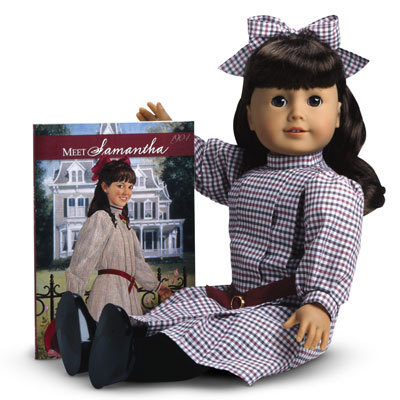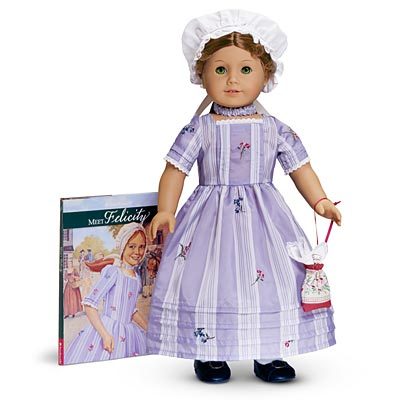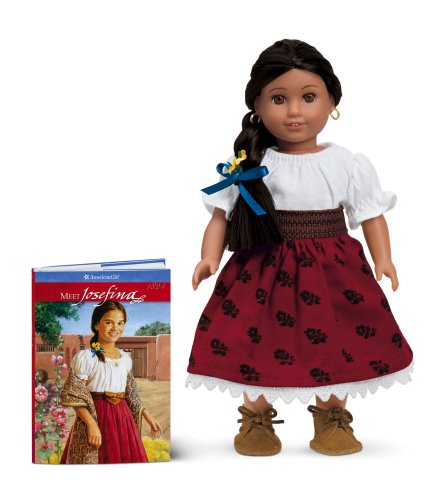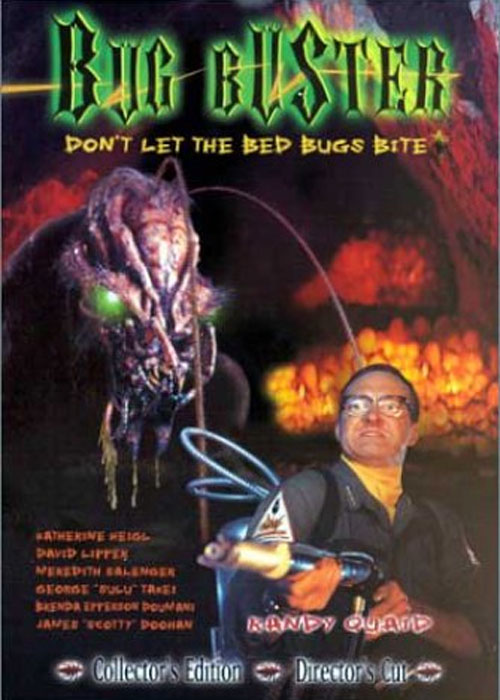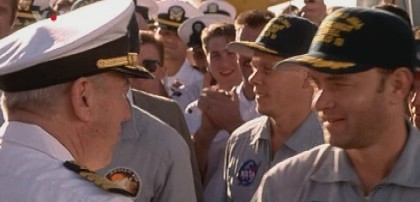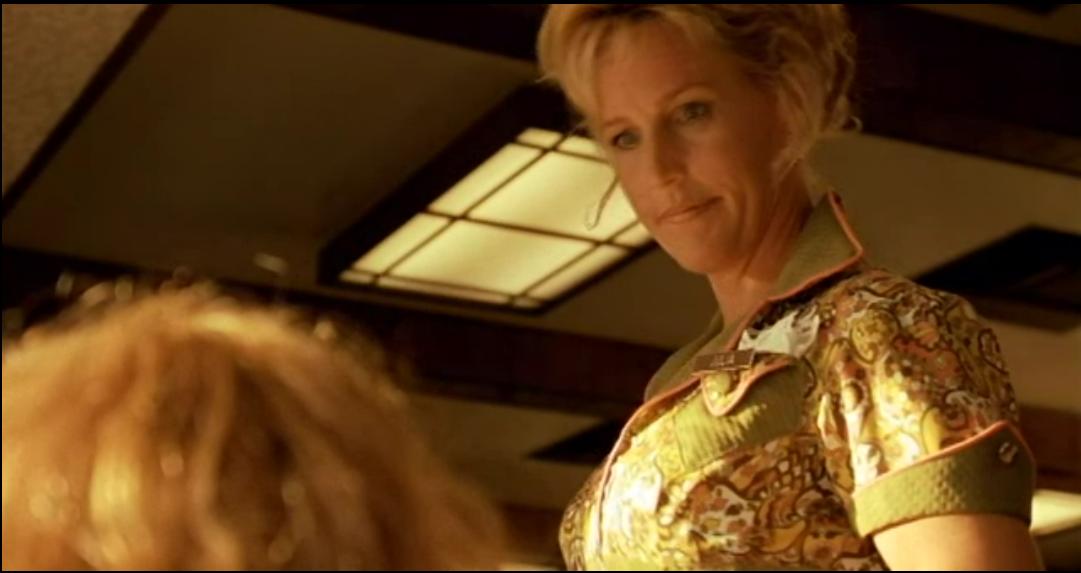
Voice acting is a great gig. Compared to having a major role in a live-action feature film, working as a voice actor allows a far more relaxed and simple commitment. In other words? It's an easy gig. You provide the vocals, and some artsy animator types provide all the rest. Not too shabby.
To draw in audiences, animation studios will often seek out big-name actors whose names they can shamelessly splash across promotional posters. In the case of Disney, this sometimes meant they had to cast a second actor for the singing parts, but all in all, it was worth it to boast the headliner.
Early in animation history, voice actors were typically low-profile highly specialized individuals without existing careers in live action film or television. These skilled voice actors were capable of producing a range of voices, so studios often cut down on costs by hiring few actors to play several roles. As time went on, however, animation studios were eager to replace these multitalented no-names with a bunch of expensive live action actors who could only speak in their own street voices. Sounds like a good deal, right?
Love it or hate it, celebrity voice actors certainly help put butts in the theater seats. In the 90s, Disney pulled in a wealth of big-name stars to offer the voice tracks to their animated features. The quantity of celebrities who lent their voices to Disney films is far too abundant to fully catalog here, so let's take a look at a selected few of the most famous and/or surprising voice actor selections:
Timon: Nathan Lane
My favorite part of this clip is the line, "What do you want me to do? Dress in drag and do the hula?" As if Nathan Lane dressing up in drag was a shocking revelation. I think we've all seen that before in The Birdcage...and, if we can be candid here, he looks way more like Margaret Thatcher than a hula aficionado.
Simba: Jonathan Taylor Thomas/Matthew Broderick
Disney offered us a great one-two punch with the child and adult versions of The Lion King's Simba: Randy from Home Improvement and Ferris Bueller. As a child, I was really excited about the prospect of JTT, but in retrospect Broderick is likely the bigger name. Neither actually provided the singing voices for the character, but they both lent their voices to create a believably lovable lion.
Aladdin: Scott Weinger
You know, Steve from Full House? DJ's endlessly food-consuming letter jacket-wearing boyfriend? He's not necessarily a huge name celebrity, but most of us children of the 90s are more than familiar with him.
Oliver: Joey Lawrence
Whoa! Who knew? Joey from Blossom is Oliver. I certainly had no idea. Now that I think of it, though, it's completely adorable.
Lumiere: Jerry Orbach
That's right, the man also known as Detective Briscoe from Law and Order and Baby's father from Dirty Dancing is the voice of our smooth-talking French candelabra. I may be being a bit facetious; Jerry Orbach has a long resume of stage, film, and television credentials that I'm totally overlooking here. That said, I'll always think of him as Dorothy's boyfriend Glen from Golden Girls.
Genie: Robin Williams
Ladies and gentlemen, Robin Williams as...Robin Williams. In fact, in most 90s movies Robin Williams played some version of himself, but possibly none quite as pronounced as this one.
Mrs Potts: Angela Lansbury
Jessica Lansbury from Murder, She Wrote as a singing teapot? No wonder old people love this song so much.
Esmerelda: Demi Moore
They sort of look alike, don't they? Demi Moore and Esmerelda have a certain resemblance, though their choice of mate varies pretty significantly. As far as I know, Quasimodo never punk'd anyone.
Mufasa: James Earl Jones
That's right, Mufasa is Darth Vader. They're not that different really; one's a masked intergalactic hero-fathering villain and the other's a pride-leading Lion who dies prematurely. Wait, where was I going with this? They're pretty damn different,
John Smith: Mel Gibson
Mel Gibson, wary of cultures other than his own? Never! It's a bit of a stretch, don't you think?
Thomas: Christian Bale
Yes, Batman is John Smith's settler friend. For some reason, even though all of these settlers are supposed to be English, only some of them actually sound British; Bale and Gibson have American accents. I guess they adapted quickly to life in the New World.
Woody and Buzz Lightyear: Tom Hanks and Tim Allen
In 1995, Toy Story impressed us with more than just its innovative computer animation technology; it also boasted two very big-name celebrity voice actors for its principal roles. Tom Hanks plays Woody, a displaced favorite cowboy whose moment in the toybox sun is waning. Tim Allen is Buzz Lightyear, a new and flashier astronaut action figure who is completely unaware that he's a toy and not an actual intergalactic voyager. The two actors play well off of one another, sparring convincingly with strong comedic energy.
Hanks and Allen returned in 1999 for a sequel and again in the upcoming summer 2010 Toy Story 3. It's a rare event when a Disney film produces a theatrical sequel instead of a subpar straight-to-video installment, and even rarer to see a third theatrical feature. The return of the celebrity voice actors--Hanks, Allen, and the rest of the gang--is a testament to their faith in the quality of the film; in a lot of these sequels, the original actors want nothing to do with the sinking ship of a straight-to-DVD franchise. We've got high hopes for the final film in the trilogy. Hopefully our veteran voice actors will not disappoint.
Professional voice actors may have multifaceted skills that far exceed the capability of celebrity voice actors, but there is a certain appeal to attaching big name voices to your animated feature. If nothing else, it's fun to spend the movie trying to figure out where you've heard that voice before. These actors may not have the range of specialized cartoon voice actors, but they do have the power to amuse and entertain us. Plus, it makes for some entertaining behind-the-scenes with the voice actors DVD special features. Isn't that really what it's all about?






